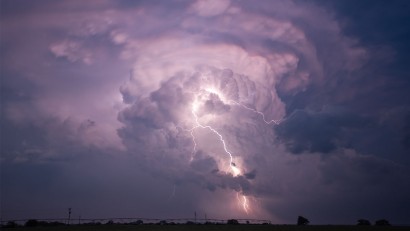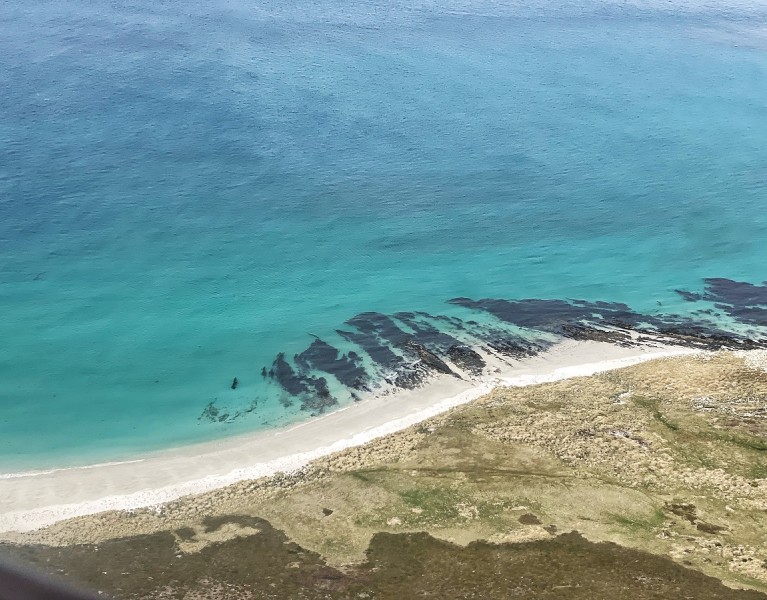
What to Pack for a Trip to the Falkland Islands
Table of Contents [Show]
The Falkland Islands are an incredible destination. Home to several penguin species, elephant seals, sea lions and more wildlife, this archipelago is an amazing place to get up close (but not too close!) to some captivating creatures.
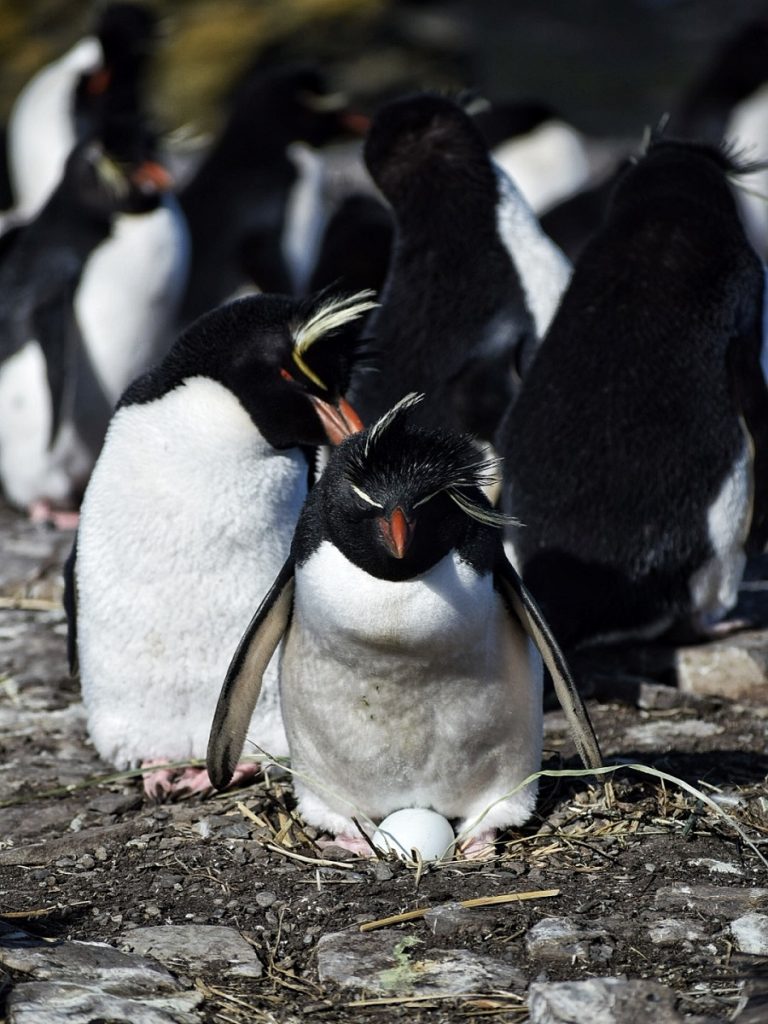
Most people visit the Falkland Islands from the end of October to March, but the best weather is November to February. These are the summer months, but you can be forgiven for thinking it's still winter. Temperatures are, at most, mild with an average high of 13°C (55°F).
Packing correctly for a trip to the Falkland Islands is crucial for an enjoyable adventure. Seeing amazing wildlife and stark scenery isn’t as nice when you're freezing because you’ve forgotten to pack enough clothes or forgotten a piece of important gear. I visited at the end of October and was glad I packed a pair of gloves, a hat, and a thick jacket.
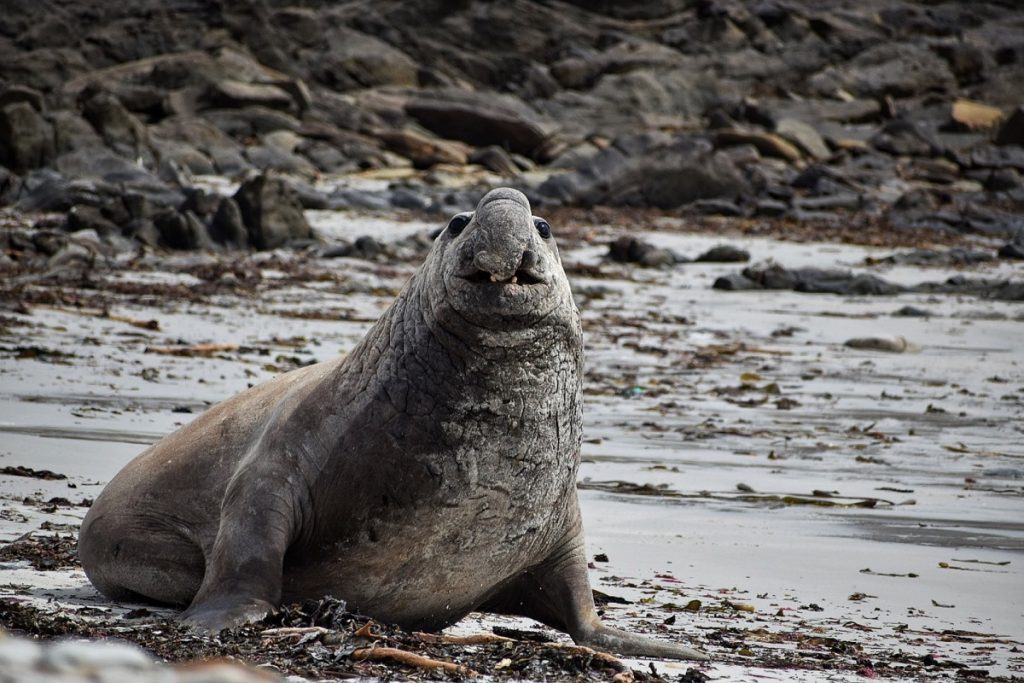
Helpful Hints When Packing for the Falklands
I created this packing list so you know exactly what you should bring and what you can leave at home when planning an epic trip to the Falklands.
It's All about Layers
The Falkland Islands can get pretty cold. Like most people, you'll probably want to venture to these far-flung islands during the summer. Located in the Southern Hemisphere, summer in the Falklands runs from around the end of October to March. Even then, it's chilly. At best, you can expect early spring-like weather, but wintry weather is more likely. The Falklands are also extremely) windy.
For these reasons, it’s a good idea to pack layers, such as thermal undershirts, t-shirts, long-sleeve shirts, light windproof jackets, and insulating coats. All of these will add up to warmth and comfort even when an absolute gale is blowing outside, and it much colder than the temperature reads.

Layering also allows you to strip off outerwear when you work up a sweat while hiking. Layers are definitely the key to regulating your temperature and staying comfortable.
The Dress Code is Casual
People dress pretty casually in the Falklands. There aren't really any places where you need to dress smartly, so there's no need to bring any fancy clothes. Leave your heels at home - you certainly won't need them!

You Need to Travel Light
If you thought you were planning pack all your adventurous gear into a huge backpack or suitcase, think again. It's not just recommended to pack light for the Falkland Islands, it's required, especially when taking local flights to explore the archipelago.
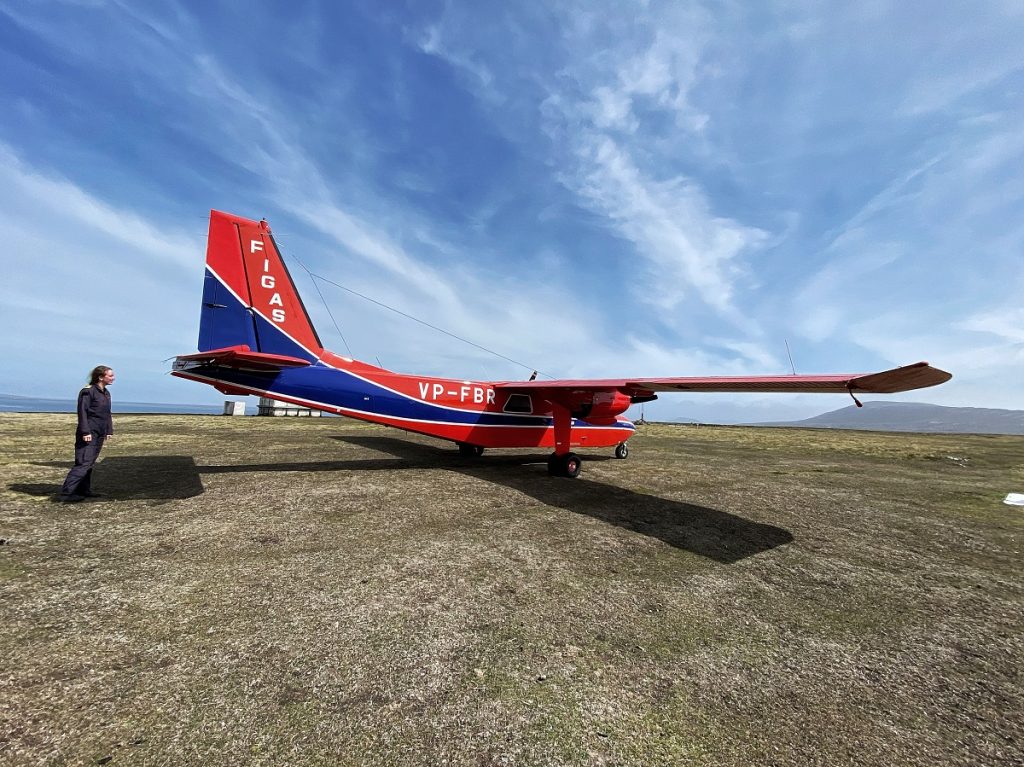
The baggage allowance on island-to-island flights is only 14 kilograms (30 pounds), including your hand luggage! Make sure you review everything you were planning on packing, and reconsider leave behind any items that you don't really need. Opting for lightweight items is a good way to keep your packing neat and your bags manageable.
Choosing the Best Luggage
Choosing the luggage for your trip isn't as simple as throwing everything into a suitcase. Should you decide to use a suitcase, keep it small (carry-on size), or it won’t fit in the hold of the plane on local flights.
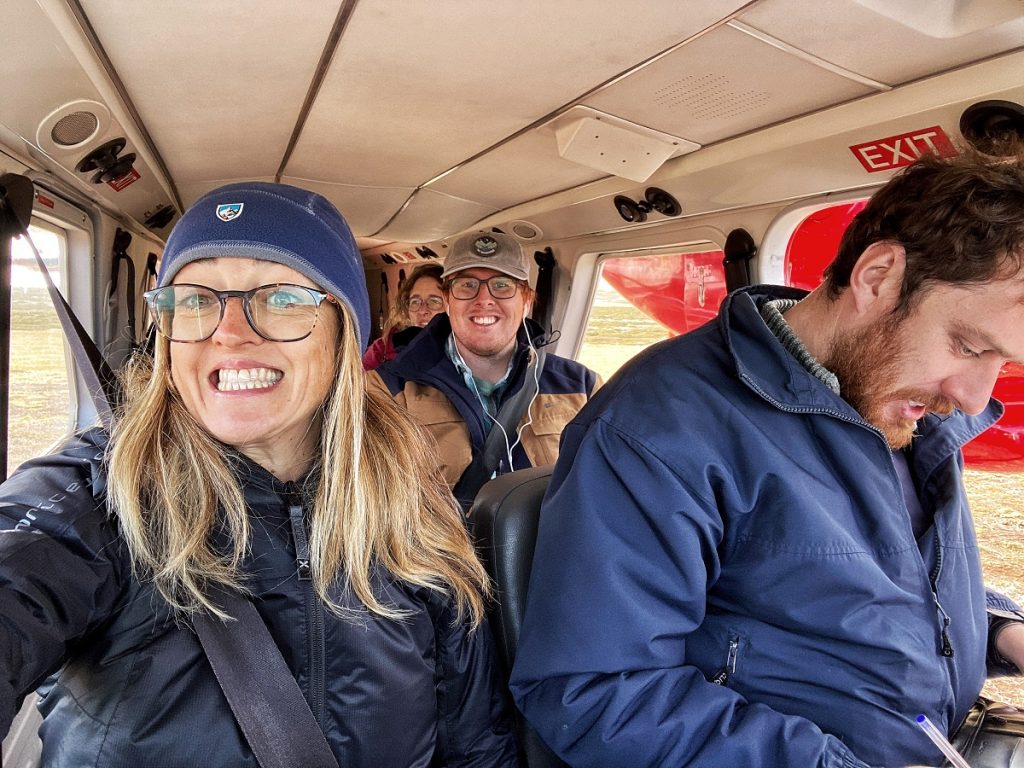
A backpack is a better option because it forces you to pack light. A duffel like the KÜHL Eskape 50 Kanvas also works and meets the weight restrictions on internal flights in the Falklands.
For a backpack to be considered “ultralight,” it should be below four kilograms (or nine pounds). The best ultralight backpacks are also rugged and can withstand wear and tear. Do your research if you’re looking for an ultralight pack.
Bring a day pack for hiking and other adventures. A small backpack should fit essentials for a day out, including water bottle, hat, gloves, snacks, camera, and maps or guidebooks. A water resistant pack or pack with rain cover is a good idea.
Ultimate Packing List for Falkland Islands
After you've selected your luggage, think about essential things to pack, from hiking gear to underwear.

- Hiking boots or trail shoes - Comfortable, lightweight and water resistant shoes are a must for exploring rugged coastlines and rocky trails.
- Hiking socks - Pack socks that balance breathability, cushion, stretch, and durability to stay comfortable and blister-free.
- Indoor shoes - When staying at lodges in the Falklands, it's customary to take off your outdoor shoes before entering. Consider packing a pair of clean indoor shoes or slippers to wear around the lodge; otherwise, do what most people do and walk around in your socks!
- Down jacket - Prized for being light, easy to compress, and breathable, a down jacket is a great choice to reduce weight and save space.
- Hat, gloves, and gaiter - Prepare for windy and overcast conditions with a warm beanie, insulating gloves, and neck gaiter.
- Rain jacket - Wear a wind and water-resistant jacket like The Outsider as a top layer to stay dry.
- Fleece - Pack a fleece to use as a mid-layer for extra insulation and comfort. The better the material, the less space it takes in your luggage, so bring a high quality fleece like the Ascendyr 1/4 Zip.
- Hiking pants - Opt for durable, comfortable styles like the Trekr Pant or Freeflex Dash
- Leggings - Great for layering or lounging, leggings are easy to roll up and pack. Wear the Toasty Trascendr Legging as a layer or standalone for hiking.
- Baselayers and Tees - Start with the Akkomplice Krew on cold days and Cashmerino Tee for mild temperatures.
- Underwear, Bras and PJs - Pack small and compact underwear and layers that can double as pajamas.
Personal Items
Stick to the necessities!
- First aid kit
- Personal medications
- Sanitary products
- Essential, travel-sized toiletries
- Sunscreen
- Power bank/charging cords/adapters
- Camera
- Headlamp
- Maps (download ahead of time)
- Hand sanitizer
- Reusable water bottle
- Important documents
Claudia Tavani is a former human rights lawyer who abandoned her academic career to pursue a life of travel. She runs the web sites My Adventures Across The World, where she shares tips to travel more and better; and Strictly Sardinia, where she shares information about this marvelous island.


